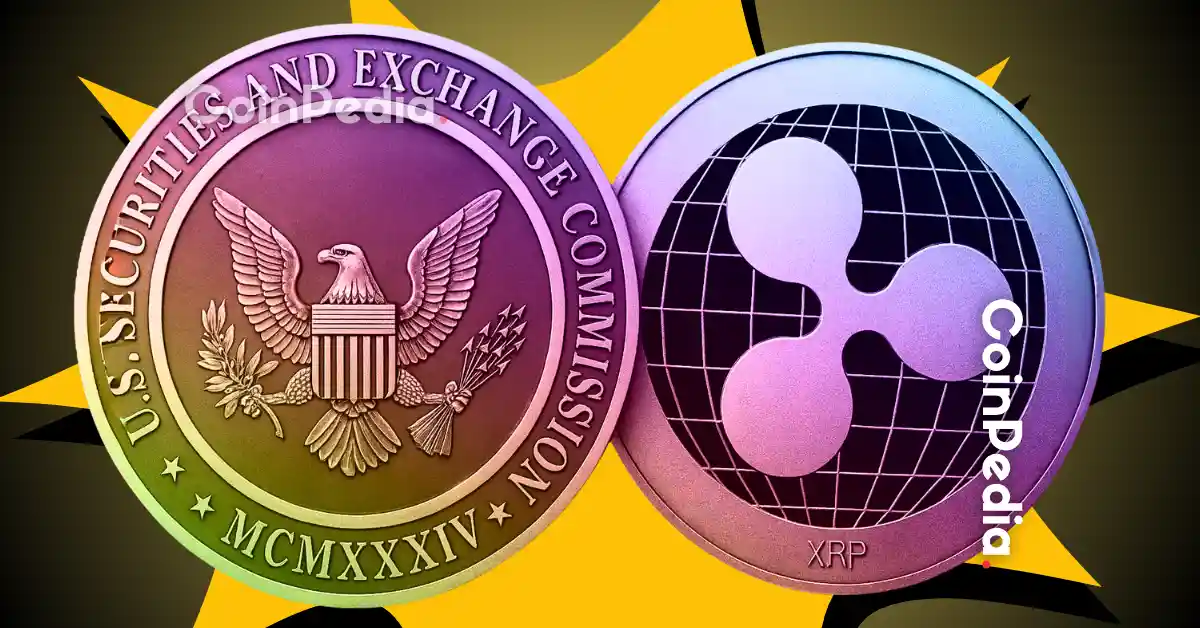The Lingering Shadow: Analyzing the Delayed Closure of the Ripple vs. SEC Case
Introduction
The legal battle between Ripple Labs and the U.S. Securities and Exchange Commission (SEC) has been a rollercoaster ride, captivating the cryptocurrency community and leaving a trail of uncertainty. While initial rulings brought a sense of victory for Ripple, the specter of appeals and bureaucratic processes continues to delay the final chapter. This report delves into the complexities of the situation, examining the reasons behind the prolonged closure, the potential implications for XRP, and what the future may hold for regulatory clarity in the digital asset space.
The Illusion of Finality: Appeals and Withdrawals
The initial jubilation surrounding Judge Analisa Torres’s rulings, which offered some clarity regarding XRP’s status, was quickly tempered by the SEC’s decision to pursue an appeal. This move prolonged the legal battle and cast a shadow over XRP’s future. However, recent developments suggest a shift in the landscape. Ripple publicly announced that it was withdrawing its cross-appeal, and reports indicate the SEC may be preparing to do the same. Despite these announcements, the case remains technically open, highlighting the complexities of legal procedures.
The delay stems from the SEC’s internal processes. Former SEC lawyer Marc Fagel explained that dismissing the appeal requires an internal vote by the commissioners. This process involves preparing an action memo, review by relevant departments, and placement on the calendar for a vote. The timeframe for this internal procedure can range from one to two months. The SEC’s bureaucratic obligations are slowing down the lawsuit. Following the closed-door meeting in July, it should normally take 1 to 2 months for the SEC to vote on an enforcement recommendation, but it could be faster here.
The Bureaucratic Labyrinth: SEC Internal Processes
The SEC’s decision-making process is not instantaneous. An enforcement vote needs to be scheduled, which can take 1-2 months, and it involves preparing an action memo, review by relevant departments, and placement on the calendar for a commissioner vote. This can involve several steps, beginning with preparing an action memo that then must be reviewed by relevant departments before it can be placed on the calendar for a commissioner vote. This timeline can easily take 1–2 months.
Once the SEC completes its internal process and approves the withdrawal, both parties must jointly notify the court. Only then will Judge Analisa Torres’s previous rulings and penalties fully take effect, officially closing the case.
XRP’s Rollercoaster: Market Reactions and ETF Speculation
The ongoing legal drama has significantly impacted XRP’s market performance. The initial lawsuit announcement triggered a sharp decline, while positive rulings and settlement rumors have fueled rallies. The delays in finalizing the case continue to create volatility and uncertainty for investors.
The prospect of an XRP ETF (Exchange Traded Fund) has added another layer of complexity. Some believe that regulatory clarity, achieved through the complete closure of the SEC case, is necessary for BlackRock or other institutions to file for an XRP ETF. The SEC delays on the appeal decision may be stalling BlackRock’s XRP Trust filing, limiting bullish momentum.
Settlement Dynamics: Fines and Future Compliance
While the legal battle has been costly for both sides, a settlement agreement appears to be taking shape. Ripple settled the $125 million penalty in cash for the XRP lawsuit, while the resolution awaits appeal withdrawal from both parties involved. Ripple signed a settlement agreement in April; the SEC followed suit in early May 2025. A joint motion seeks court approval to finalize the case with a reduced $50M penalty. These procedural filings are viewed as signals of coordinated efforts to close the case. XRP may see regulatory clarity as Ripple aligns with updated SEC digital asset policy.
However, settlement does not automatically translate to a complete resolution of all issues. Ripple’s CEO, Brad Garlinghouse, confirmed that the company has dropped its cross-appeal in the SEC vs. Ripple case.
Predicting the Future: Timelines and Potential Outcomes
Predicting the exact timeline for the case’s closure remains challenging due to the inherent unpredictability of legal and bureaucratic processes. Legal experts have offered various estimates, with some suggesting a resolution within the next two months. However, these predictions are subject to change based on the SEC’s internal deliberations and the court’s schedule.
Former SEC lawyer Marc Fagel asserts that the SEC is likely to dismiss its appeal in the XRP lawsuit within one to two months. The XRP lawsuit could conclude within two months as legal expert Marc Fagel predicts the SEC may withdraw its appeal, signaling a potential SEC Appeal Dismissal in XRP Lawsuit May Take Weeks, Says Ex.
A Silver Lining?: Regulatory Clarity and the Future of Digital Assets
Despite the frustrations caused by the delays, the Ripple vs. SEC case has the potential to contribute to greater regulatory clarity for the digital asset industry. A clear resolution could provide a framework for determining whether other cryptocurrencies are securities, fostering innovation and investment in the space. Ripple remains confident despite ongoing challenges and appeals in the XRP lawsuit. The Ripple vs. SEC lawsuit appeal is moving forward, with the Ninth Circuit Court of Appeals scheduling key dates for 2025.
The End of the Beginning?
The Ripple vs. SEC saga has been a defining moment for the cryptocurrency industry. While the delays in finalizing the case are undoubtedly frustrating, they should not overshadow the progress that has been made. Ripple’s resilience in the face of regulatory scrutiny, coupled with the potential for greater clarity in the digital asset space, suggests that this legal battle, though prolonged, may ultimately pave the way for a more mature and regulated cryptocurrency market.











